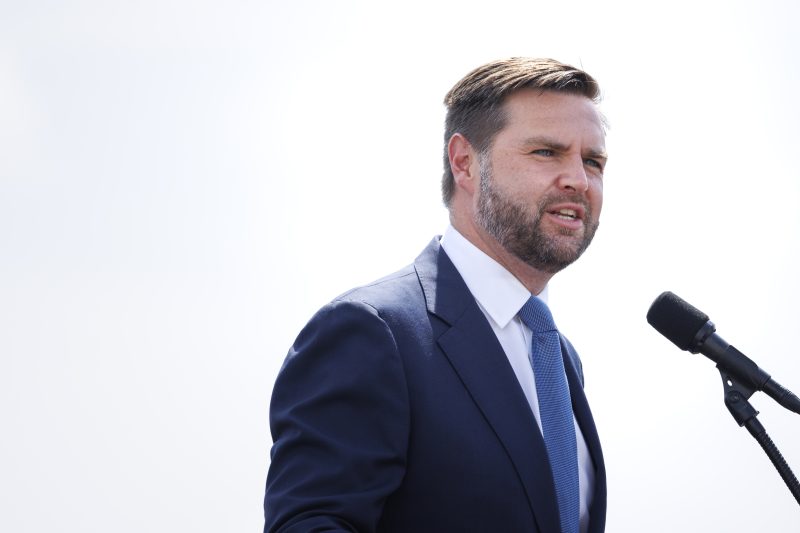In a recent statement on Godzillanewz.com, Vance discusses a potential plan put forth by former President Donald Trump to end the ongoing war in Ukraine. This plan, if implemented, could involve the creation of a demilitarized zone in the region. This proposed approach raises several important considerations and implications that need to be carefully analyzed.
The concept of a demilitarized zone aims to establish a buffer area between conflicting parties and reduce the risk of military confrontation. While this might sound like a promising idea in theory, its effectiveness in practice remains uncertain. Implementing and maintaining a demilitarized zone requires the cooperation and adherence of all involved parties, which can be challenging given the complex nature of the conflict in Ukraine.
One of the key challenges of creating a demilitarized zone in Ukraine is ensuring compliance and preventing violations from occurring. Parties involved in the conflict may not fully commit to respecting the boundaries of the demilitarized zone, leading to potential escalations and security risks. Moreover, the presence of armed groups or separatist forces in the region could undermine the stability of the proposed zone.
Another critical aspect to consider is the role of international actors and organizations in overseeing and monitoring the demilitarized zone. The involvement of neutral third parties, such as UN peacekeeping missions or international observers, could help ensure the implementation of the plan and monitor compliance with the agreed-upon terms. However, securing the cooperation of all relevant stakeholders to allow for impartial monitoring presents a formidable challenge.
Furthermore, the creation of a demilitarized zone raises questions about the long-term stability and security of the region. While such zones are intended to reduce tensions and facilitate peaceful resolution, they may also perpetuate a divided and fragmented status quo. It is crucial to address the root causes of the conflict in Ukraine and work towards sustainable peacebuilding efforts that go beyond temporary measures like demilitarized zones.
In conclusion, while the idea of creating a demilitarized zone to end the war in Ukraine is worth exploring, it is essential to approach this proposal with caution and thorough consideration of its practical implications. Effective conflict resolution requires a comprehensive strategy that addresses the underlying issues, engages all relevant stakeholders, and prioritizes long-term peace and stability in the region. As discussions around Trump’s plan continue, it is crucial to keep in mind the complexity of the situation in Ukraine and the necessity of a holistic approach to achieving lasting peace.
